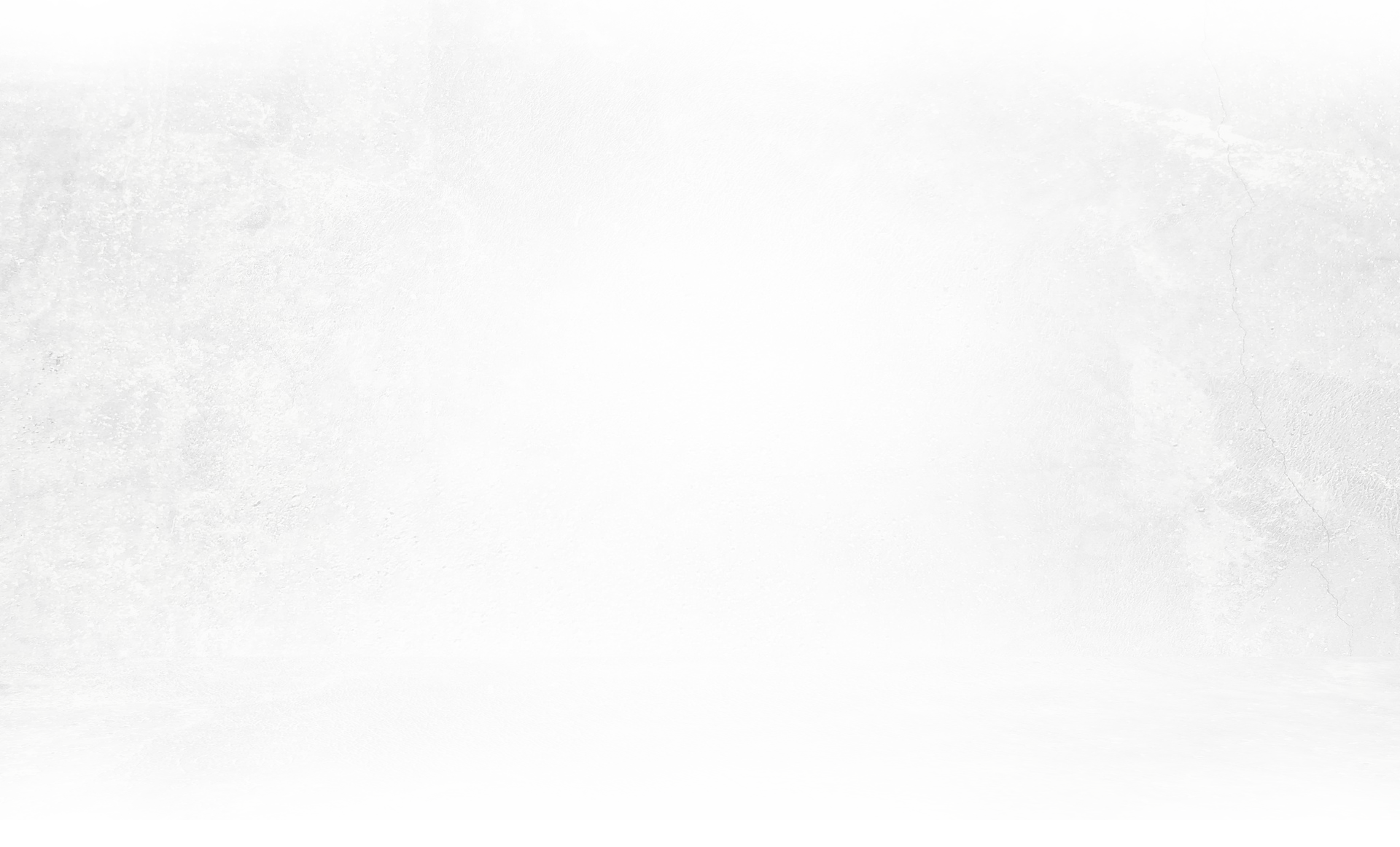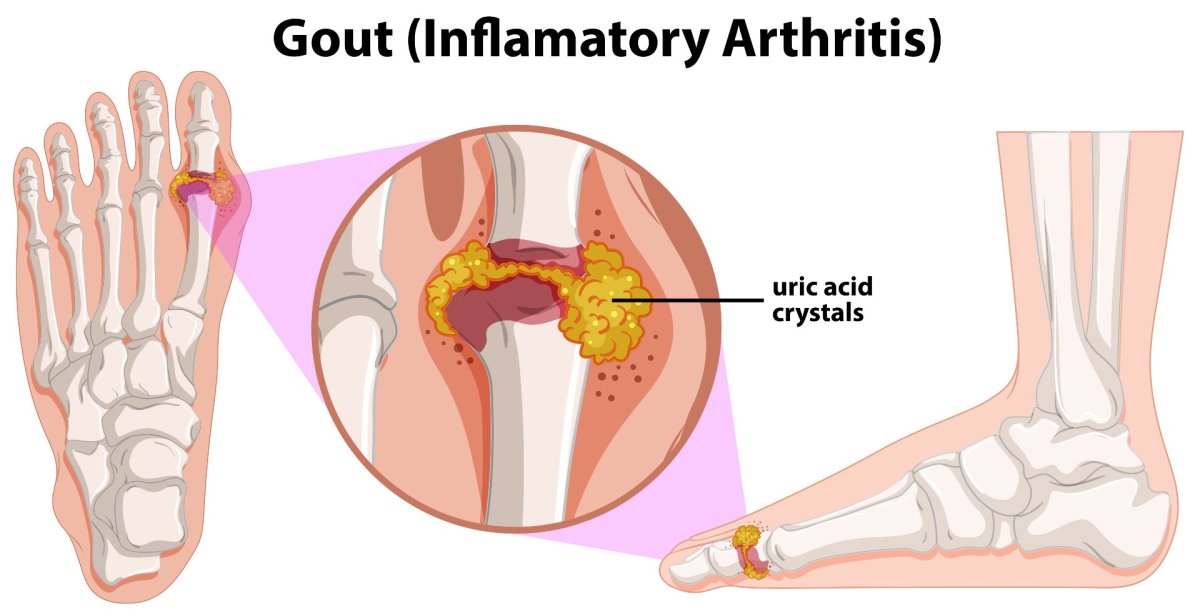



High uric acid level or hyperuricemia is diagnosed incidentally when you undergo blood test for any other medical condition.
High levels of uric acid can lead to a number of serious medical conditions. Some foods and beverages are known to cause an increase in uric acid levels.
What is Hyperuricemia (High Uric Acid Level)
Uric acid is a waste by-product found in blood. It is formed by the breakdown of chemicals called purines that naturally occur in your body.
Normally the uric acid dissolves in your blood, passes through the kidney and is eliminated from the body through urine and stool. But sometimes your body produces too much uric acid or your kidney excretes too little of it. That's when uric acid starts to build up.
Some foods and beverages are rich in purines. For example, seafood (especially shrimp, lobster, salmon, sardine, mussels, trout, tuna, anchovies, mackerel), soy products, red meat, organ meat like liver, beans, peas, sugar, alcoholic beverages especially beer, drinks sweetened with fruit sugar etc.
The condition in which uric acid level is increased is called Hyperuricemia. Due to high levels of uric acid, needle shaped urate crystals can form and settle in the joints causing Gout. The crystals can also deposit in the kidney and form kidney stones.
If hyperuricemia is not treated, it may lead to the permanent damage of bones, joints and tissues, kidney disease, heart disease, diabetes, high blood pressure and fatty liver.
Diagnosis
High levels of uric acid are determined by conducting blood and urine tests.
If your doctor finds any symptoms of gout, fluid that has built up in your joints will be examined for any evidence of uric acid crystals. The presence of the crystals confirms gout. The crystals can also be seen by Ultrasound, X-rays or CAT scan.
If you pass a kidney stone, or have had one removed by surgery, the stone itself might be tested to determine if it is a uric acid stone or a stone of some other type.
Symptoms
Most of the people with Hyperuricemia do not experience symptoms. This is called Asymptomatic Hyperuricemia.
Hyperuricemia is not a disease but if uric acid levels remain high for a long time, several diseases can occur.
20 percent of people with Hyperuricemia suffer from Gout. It can manifest as isolated attacks or get worse(flares). Some people may experience chronic Gout.
Gout can affect any of the joints, but flares first appear at the base of your big toe.
Symptoms of Gout may include:
stiffness of joints
sudden, severe pain in your joints
difficulty moving the affected joints
rednes, swelling and tenderness in the affected joints
misshapen joints
Causes
The factors that are responsible for the kidneys not eliminating the uric acid quickly enough are:
Diet rich in purines
Obesity
Diabetes
Use of certain diuretics (water retention relievers)
Genetics
Renal insufficiency (inability of the kidneys to filter waste)
Other less common causes are:
Production of too much uric acid
Tumours
Vitamin deficiency
Risk Factors
Factors that trigger the increase in uric acid levels are:
Medical Conditions
Untreated high blood pressure, high levels of cholesterol in blood, chronic conditions such as diabetes, obesity, metabolic syndrome, heart disease, kidney disease and hypothyroidism increase your risk of gout.
Weight:
If you are overweight, your body produces more uric acid and your kidneys have difficulty eliminating it.
Certain medications:
Some medications that control high blood pressure, low-dose aspirin, anti-rejection drugs trigger the increase in uric acid.
Gender:
Gout is more common in men, as women have low uric acid levels. But after menopause, the levels begin to rise in women.
Age:
Men are likely to develop gout between the ages of 30 to 50 and women generally show signs after menopause.
Treatment in Ayurveda
According to Ayurveda, high levels of Uric acid is a result of unbalanced vata dosha and rakta dhatu (refers to blood).
Gout is classified under Vatarakta in Ayurveda.
Treatment Therapies
The therapies that are followed for the treatment of gout are;
Lepana
A specially formulated herbal paste is used to massage those areas of your body that are experiencing the most pain and discomfort.
Dhara
Special medicated herbal water or medicated milk are poured on to painful part.
Abhyanga
It is a warm herb-infused oil massage that relieves areas of discomfort and reduces the swelling.
Panchakarma
Your body is cleansed of all the toxins and irritants by the ingestion of specific herbs and oils. It provides physical detoxification as well as mental relaxation.
Virechana
Consuming special herbs and substances that induce purging, cleans nearly every organ system. This needs to be done with care.
Vasti
It is the best treatment for Vatarakta. The herbs and substances are diluted into essential oils and powerful liquids and are then inserted into the body. The renal function is improved.
Rasayana
Certain rejuvenating herbs are to be ingested while drinking plenty of water.
Ayurvedic medicines and Herbs
Shallaki reduces swelling and inflammation of joints. The juice extract from the stem of giloy (Guduci) neutralizes the increased uric acid levels. Giloy capsules are also effective. Aloe vera juice and Amla juice help in keeping the fire element in control which is the main reason for increased uric acid levels.
Natural methods
Neem paste when applied on swollen joints reduces swelling and pain and soothes gout flare-ups. Bitter Gourd juice brings down uric acid naturally. Turmeric and ginger are also effective in the treatment of gout. Cherry juice can treat gout.
Exercise
Exercise, especially yoga reduces stress. Profuse sweating due to exercise reduces uric acid levels.
Drink lots of water
Drinking plenty of water flushes excess uric acid from your body. Herbal water made with coriander water will be useful
Treatment at Jeevess
At Jeevess, our treatment involves the Panchakarma therapy along with the administration of internal medications, diet and lifestyle modifications. Vatarakta is treated and even cured by therapies like Snehapana, Virechana, Swedana, Abhyanga, Vasti, Pizhichil, Kizhi, Dasamoola ksheera dhara, lepanam, etc.
Raktamokshana therapy is followed in very severe cases for fast and long-lasting relief.
Correction in dietary habits and lifestyle is the key to correct the uric acid build up.